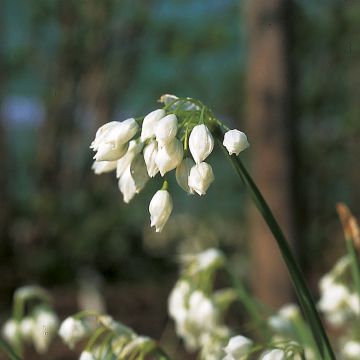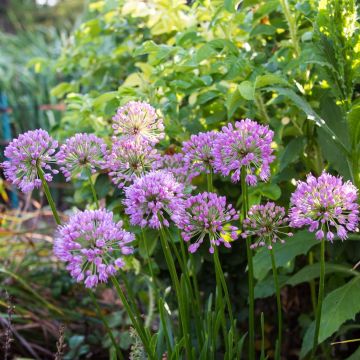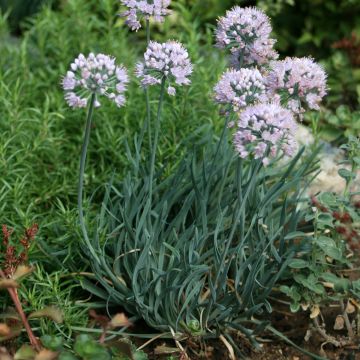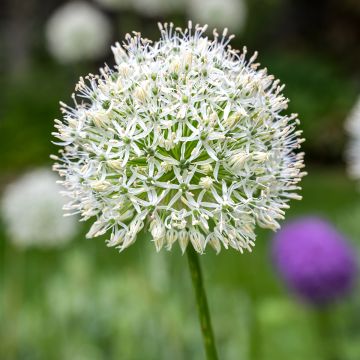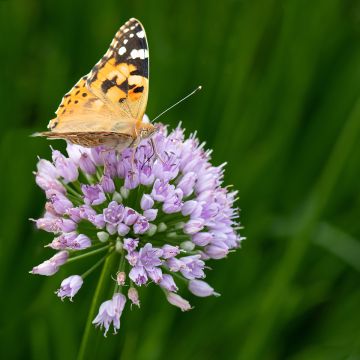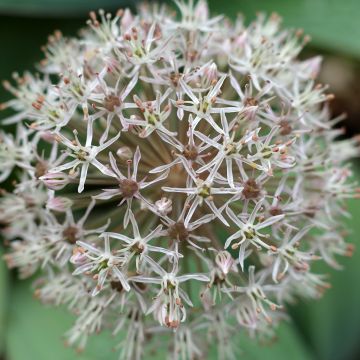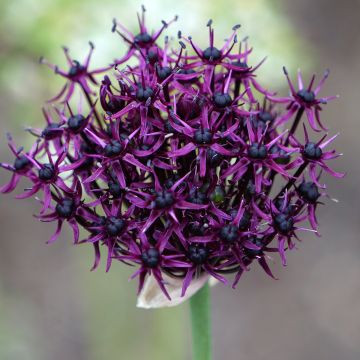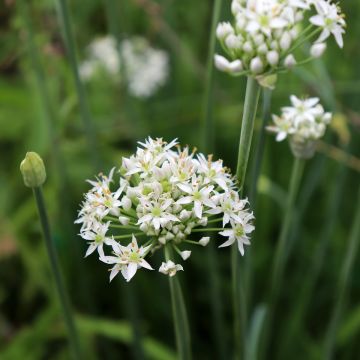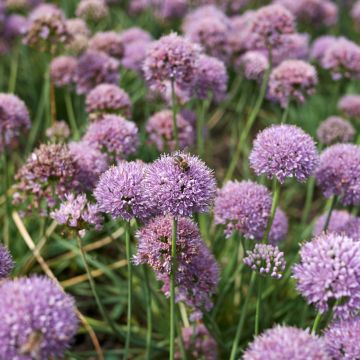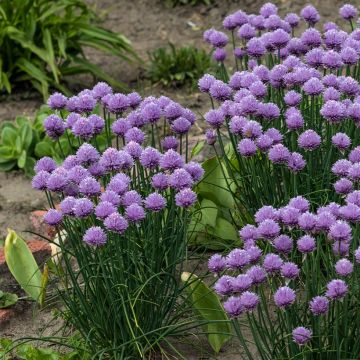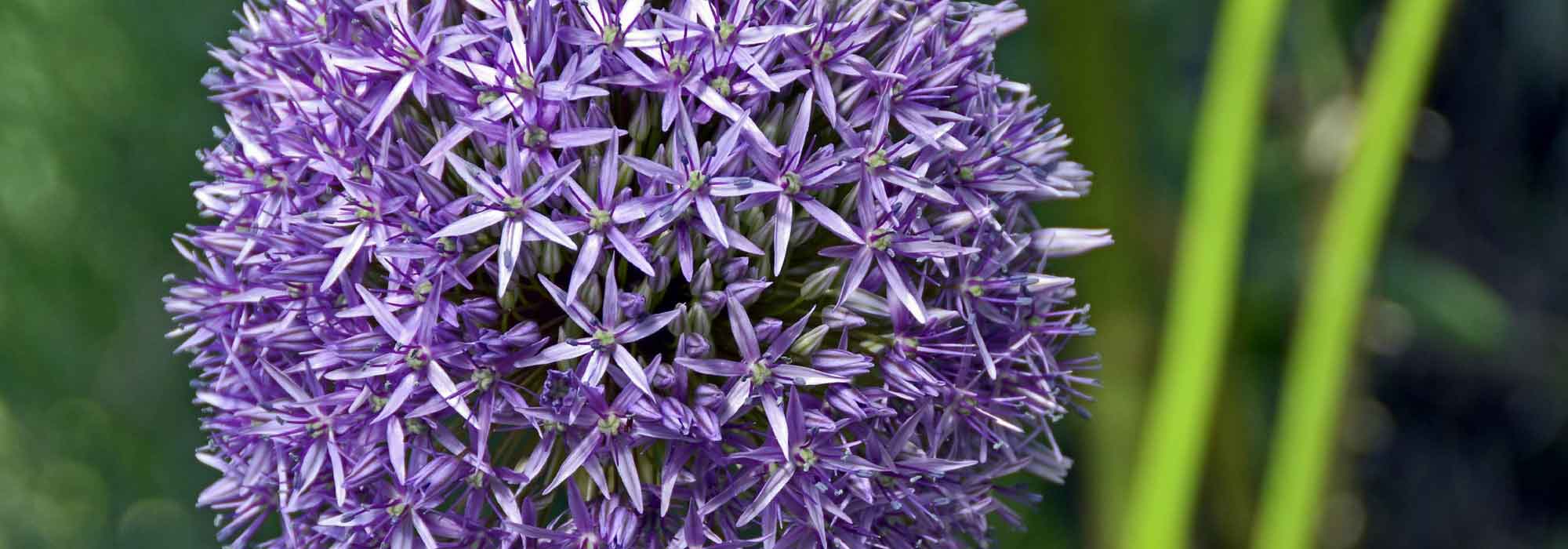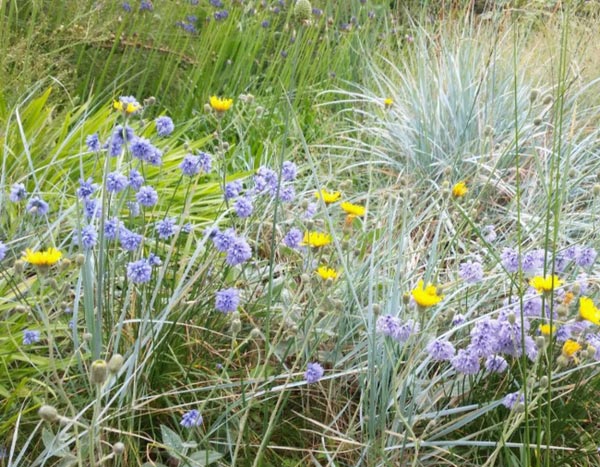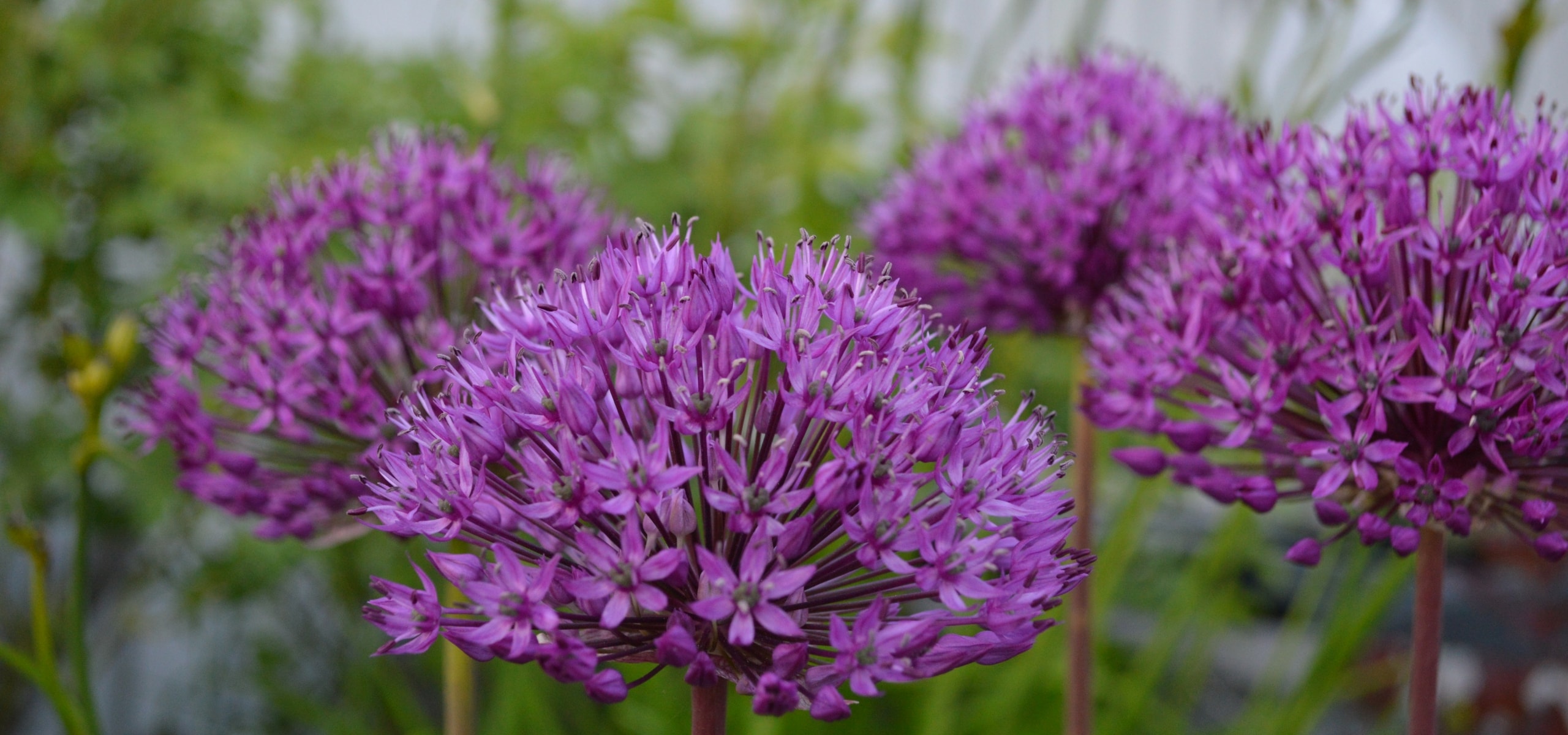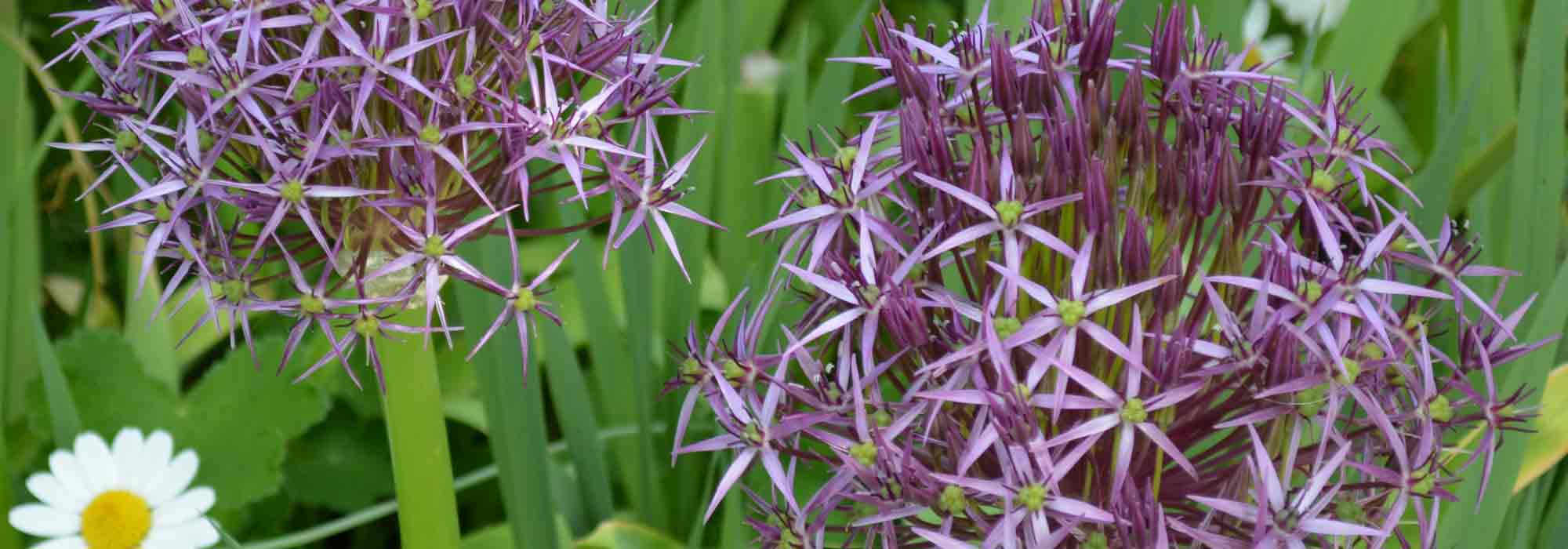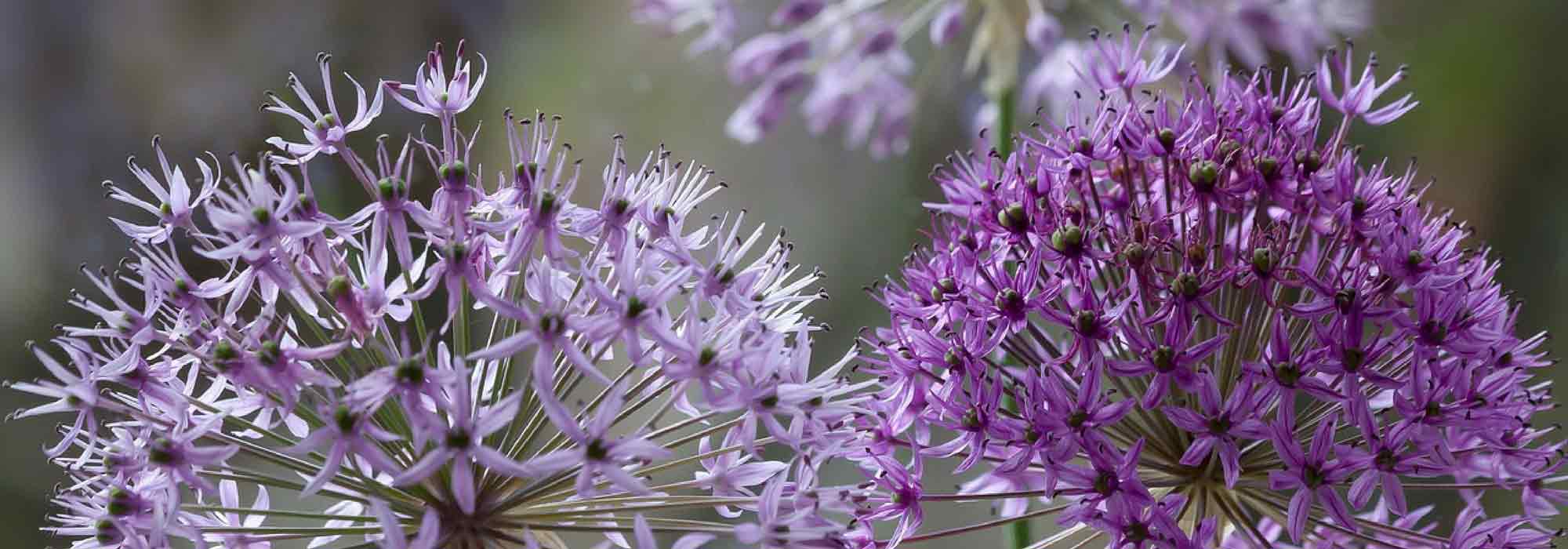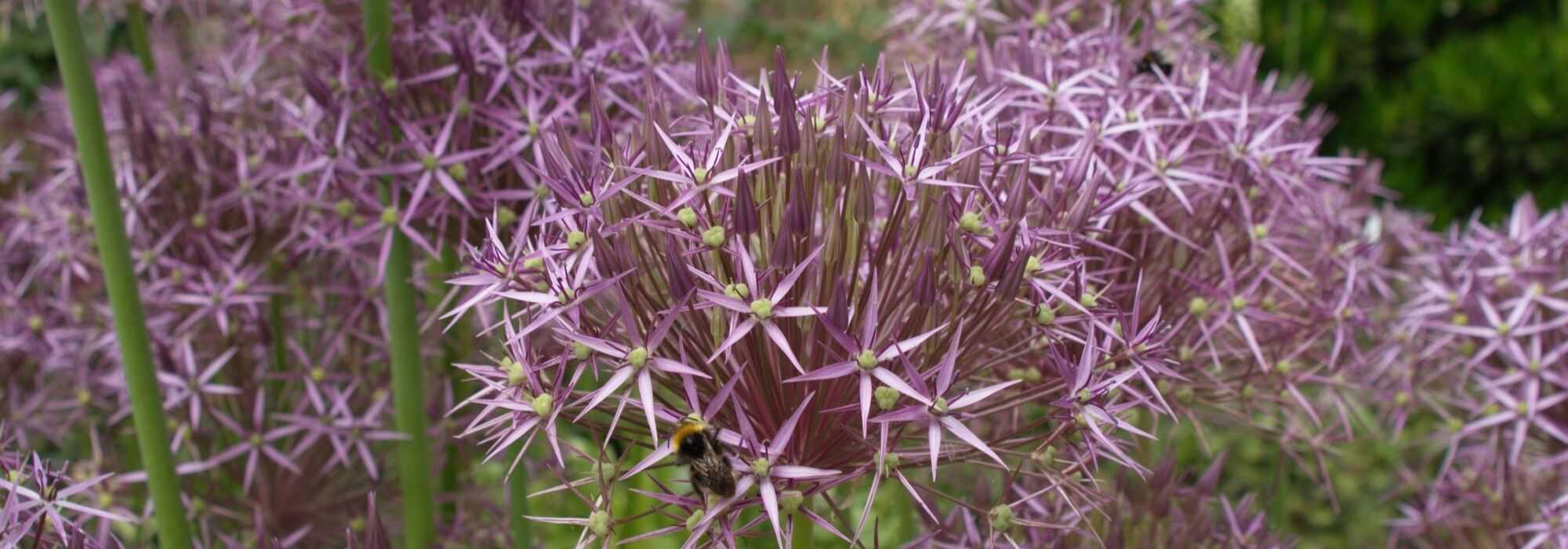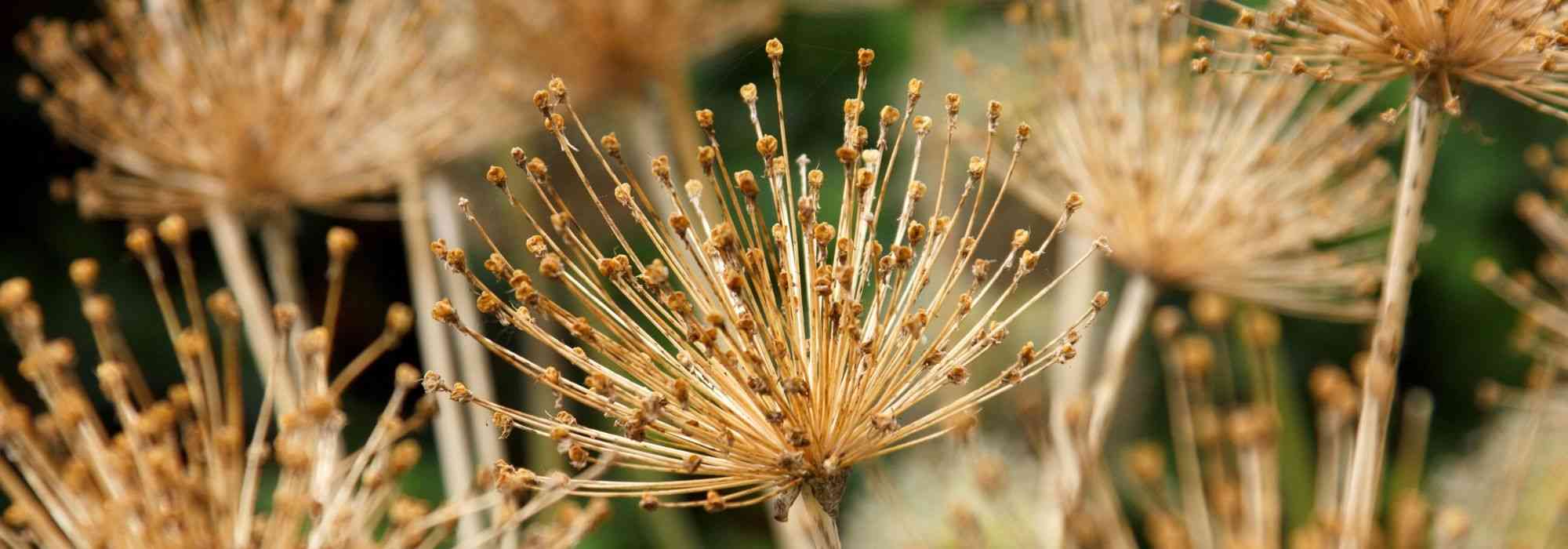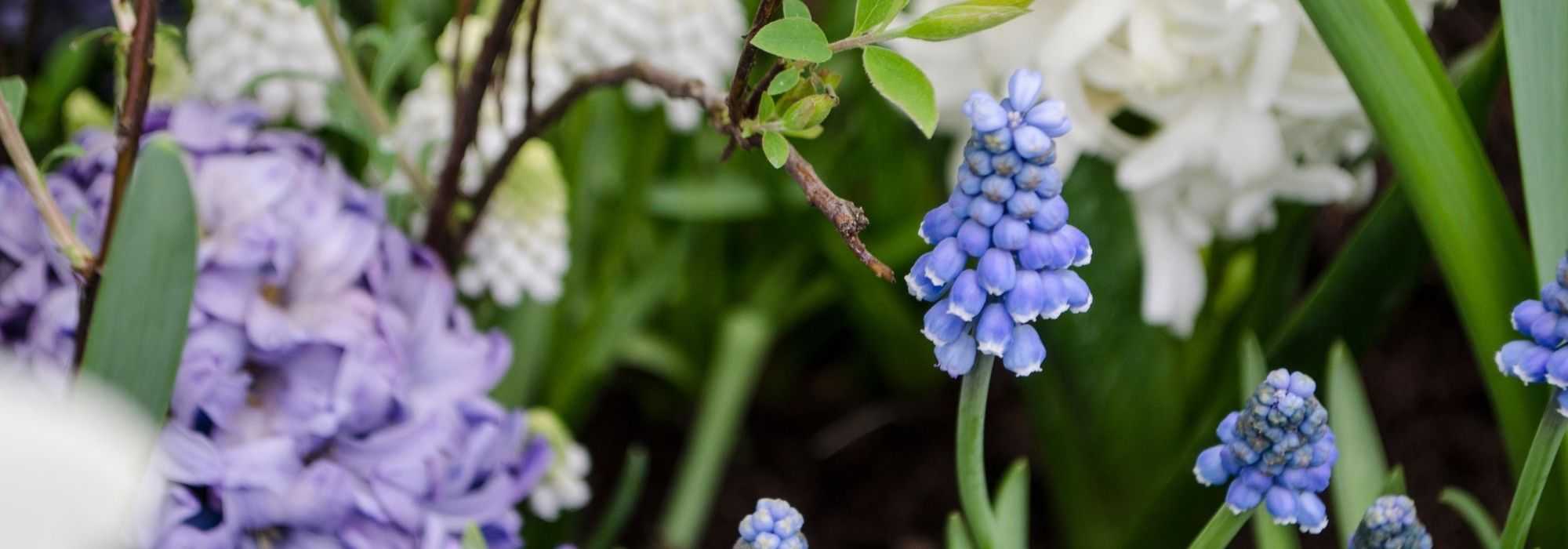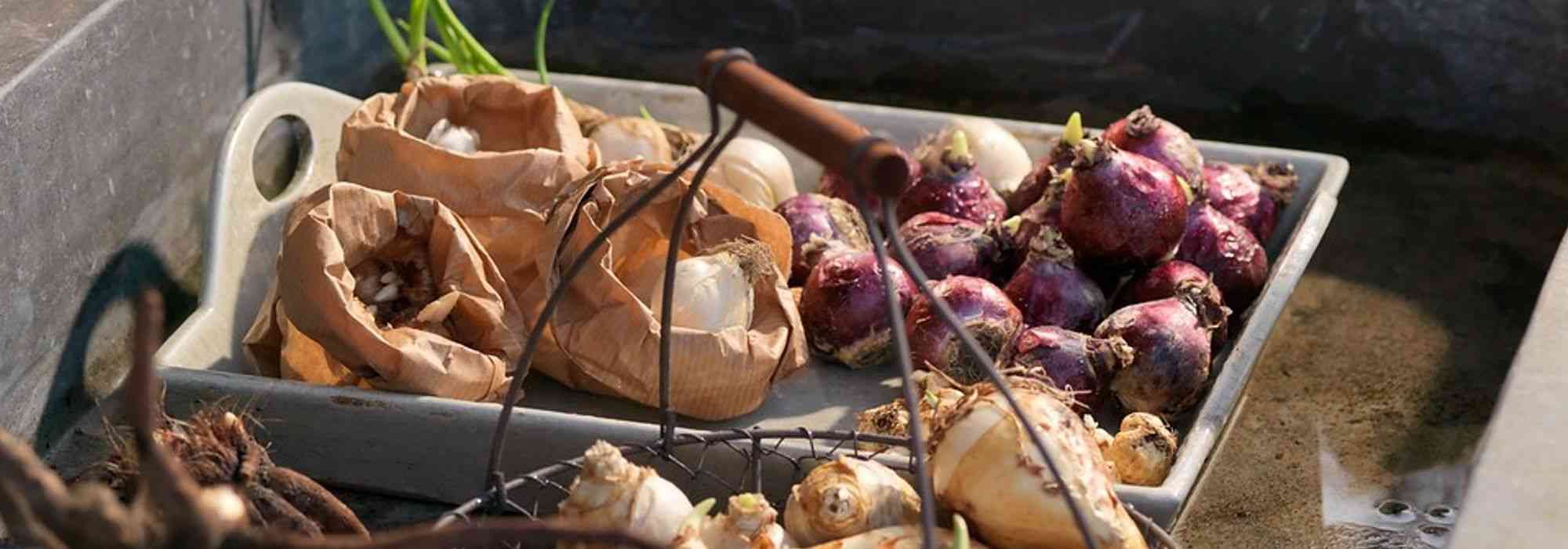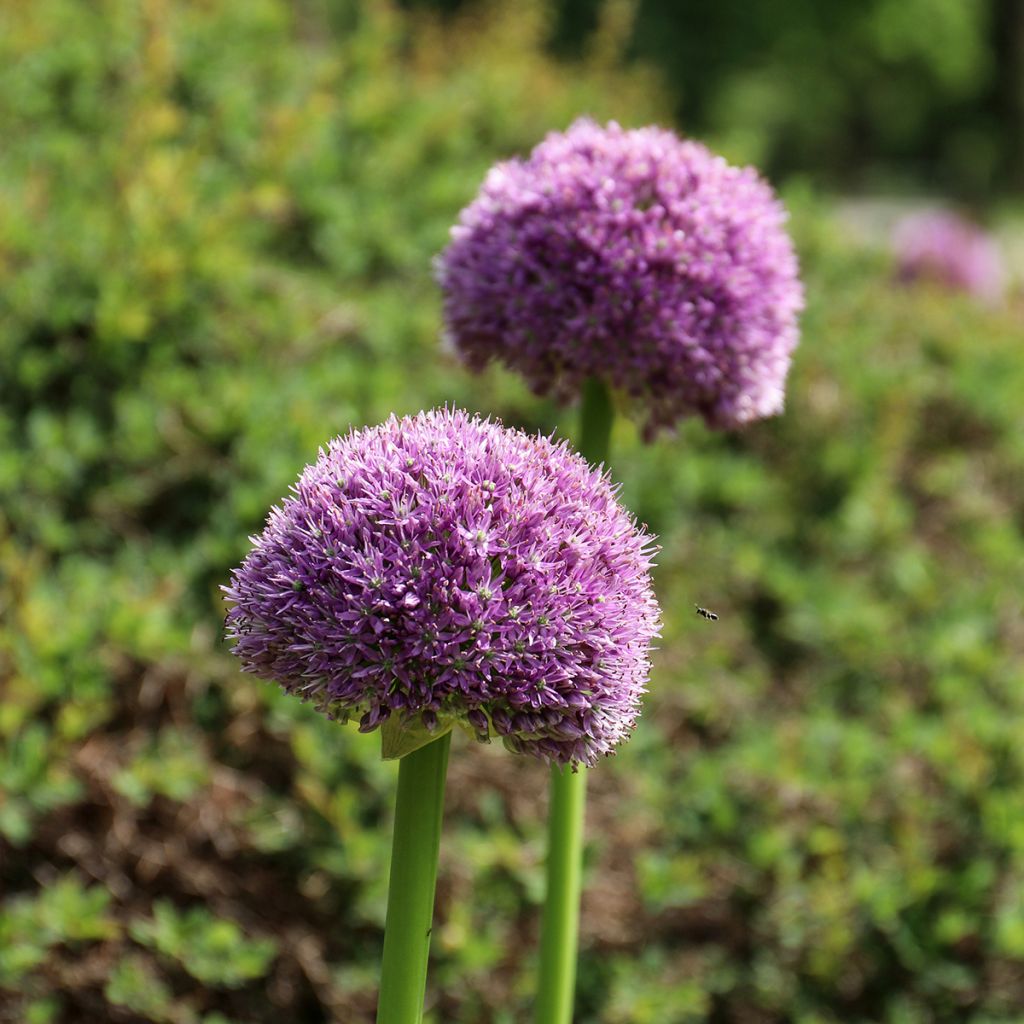

Allium Lucky Balloons
Allium Lucky Balloons
Allium karataviense x hollandicum Lucky Balloons
Special offer!
Receive a €20 voucher for any order over €90 (excluding delivery costs, credit notes, and plastic-free options)!
1- Add your favorite plants to your cart.
2- Once you have reached €90, confirm your order (you can even choose the delivery date!).
3- As soon as your order is shipped, you will receive an email containing your voucher code, valid for 3 months (90 days).
Your voucher is unique and can only be used once, for any order with a minimum value of €20, excluding delivery costs.
Can be combined with other current offers, non-divisible and non-refundable.
Why not try an alternative variety in stock?
View all →This plant carries a 6 months recovery warranty
More information
We guarantee the quality of our plants for a full growing cycle, and will replace at our expense any plant that fails to recover under normal climatic and planting conditions.
Does this plant fit my garden?
Set up your Plantfit profile →
Description
Ornamental Onion or Allium ‘Lucky Balloons’ is a spectacular bulb, providing easy-to-grow visual impact in the garden. Equipped with 2 to 4 robust flowering stems, each bearing a large, spherical pink-violet head measuring 18 cm, it immediately stands out in beds and containers. Its elegant habit, accentuated by broad and thick basal foliage, creates a sculptural silhouette from late spring onwards. It deserves a prime spot in a pot or in the ground, punctuating beds and borders while attracting pollinators.
Allium ‘Lucky Balloons’ belongs to the Amaryllidaceae family. This cultivar is a hybrid from Allium karataviense × Allium hollandicum, bred to produce several inflorescences per bulb, usually 2 to 4, sometimes more, which clearly distinguishes it and increases its floribundus nature and decorative impact. The spherical bulb develops a rosette of basal, lanceolate, glossy, bright green foliage, 2–4 cm wide. From this base, 2 to 4 rigid, cylindrical, smooth, and upright stems, 50 to 70 cm tall, emerge, each bearing a globose head 18–20 cm in diameter in May-June, composed of hundreds of tightly packed nectar-rich pink-violet florets, attractive to bees and butterflies. The habit is upright and architectural, ideal for dressing the back of beds, borders, and containers. Growth is moderately fast: the aerial part completes its development in one season, with gradual naturalisation. The bulbs can multiply naturally into groups due to lateral bulblets. The root system is typical of bulbs, shallow (15–20 cm), with short adventitious roots. It does not form significant rhizomes or stolons, limiting its spread, but allows for slow multiplication by division.
In a well-designed garden, Allium ‘Lucky Balloons’ is planted as a vertical punctuation, a gentle rhythm in partially sunny borders or beds. It looks great emerging in architectural clumps between soft herbaceous plants or architectural perennials, providing a spherical counterpoint to fuzzy foliage. Planted in waves in light gravel or along a snaking path, it evokes a light, dancing procession. It pairs wonderfully with the soft inflorescences of Nepeta ‘Six Hills Giant’, the airy spikes of Stipa tenuissima, or the bluish clumps of Geranium ‘Rozanne’, each extending its lightness and fresh palette. In a pot, pair it with golden sedges or small heucheras to emphasise its height without overshadowing it.
Handy vegetable patch tip: plant a few ornamental onions amongst your strawberry plants to protect them from fungal diseases; they will bring some pleasant colour that is sometimes lacking amongst the vegetables.
Plant habit
Flowering
Foliage
Botanical data
Allium
karataviense x hollandicum
Lucky Balloons
Alliaceae
Cultivar or hybrid
Planting and care
Lucky Balloons alliums are fairly easy to grow if planted in very well-drained, sandy or gravel-rich soil. Preferably, plant them before the end of October so they have time to establish well. They dislike winter moisture. Early-flowering species and varieties prefer fairly dry soils in summer. This Allium tolerates very chalky soils well, but will also thrive in slightly acidic soil. It mainly needs water in spring.
Give them a sunny spot in well-drained soil, even stony ground. Plant them 10 or 15 cm deep, spaced 15 cm apart for the larger ones, 10 cm deep, spaced 7 cm apart for small bulbs. They are not very demanding and prefer poor soils.
Planting period
Intended location
Care
Planting & care advice
This item has not been reviewed yet - be the first to leave a review about it.
Haven't found what you were looking for?
Hardiness is the lowest winter temperature a plant can endure without suffering serious damage or even dying. However, hardiness is affected by location (a sheltered area, such as a patio), protection (winter cover) and soil type (hardiness is improved by well-drained soil).

Photo Sharing Terms & Conditions
In order to encourage gardeners to interact and share their experiences, Promesse de fleurs offers various media enabling content to be uploaded onto its Site - in particular via the ‘Photo sharing’ module.
The User agrees to refrain from:
- Posting any content that is illegal, prejudicial, insulting, racist, inciteful to hatred, revisionist, contrary to public decency, that infringes on privacy or on the privacy rights of third parties, in particular the publicity rights of persons and goods, intellectual property rights, or the right to privacy.
- Submitting content on behalf of a third party;
- Impersonate the identity of a third party and/or publish any personal information about a third party;
In general, the User undertakes to refrain from any unethical behaviour.
All Content (in particular text, comments, files, images, photos, videos, creative works, etc.), which may be subject to property or intellectual property rights, image or other private rights, shall remain the property of the User, subject to the limited rights granted by the terms of the licence granted by Promesse de fleurs as stated below. Users are at liberty to publish or not to publish such Content on the Site, notably via the ‘Photo Sharing’ facility, and accept that this Content shall be made public and freely accessible, notably on the Internet.
Users further acknowledge, undertake to have ,and guarantee that they hold all necessary rights and permissions to publish such material on the Site, in particular with regard to the legislation in force pertaining to any privacy, property, intellectual property, image, or contractual rights, or rights of any other nature. By publishing such Content on the Site, Users acknowledge accepting full liability as publishers of the Content within the meaning of the law, and grant Promesse de fleurs, free of charge, an inclusive, worldwide licence for the said Content for the entire duration of its publication, including all reproduction, representation, up/downloading, displaying, performing, transmission, and storage rights.
Users also grant permission for their name to be linked to the Content and accept that this link may not always be made available.
By engaging in posting material, Users consent to their Content becoming automatically accessible on the Internet, in particular on other sites and/or blogs and/or web pages of the Promesse de fleurs site, including in particular social pages and the Promesse de fleurs catalogue.
Users may secure the removal of entrusted content free of charge by issuing a simple request via our contact form.
The flowering period indicated on our website applies to countries and regions located in USDA zone 8 (France, the United Kingdom, Ireland, the Netherlands, etc.)
It will vary according to where you live:
- In zones 9 to 10 (Italy, Spain, Greece, etc.), flowering will occur about 2 to 4 weeks earlier.
- In zones 6 to 7 (Germany, Poland, Slovenia, and lower mountainous regions), flowering will be delayed by 2 to 3 weeks.
- In zone 5 (Central Europe, Scandinavia), blooming will be delayed by 3 to 5 weeks.
In temperate climates, pruning of spring-flowering shrubs (forsythia, spireas, etc.) should be done just after flowering.
Pruning of summer-flowering shrubs (Indian Lilac, Perovskia, etc.) can be done in winter or spring.
In cold regions as well as with frost-sensitive plants, avoid pruning too early when severe frosts may still occur.
The planting period indicated on our website applies to countries and regions located in USDA zone 8 (France, United Kingdom, Ireland, Netherlands).
It will vary according to where you live:
- In Mediterranean zones (Marseille, Madrid, Milan, etc.), autumn and winter are the best planting periods.
- In continental zones (Strasbourg, Munich, Vienna, etc.), delay planting by 2 to 3 weeks in spring and bring it forward by 2 to 4 weeks in autumn.
- In mountainous regions (the Alps, Pyrenees, Carpathians, etc.), it is best to plant in late spring (May-June) or late summer (August-September).
The harvesting period indicated on our website applies to countries and regions in USDA zone 8 (France, England, Ireland, the Netherlands).
In colder areas (Scandinavia, Poland, Austria...) fruit and vegetable harvests are likely to be delayed by 3-4 weeks.
In warmer areas (Italy, Spain, Greece, etc.), harvesting will probably take place earlier, depending on weather conditions.
The sowing periods indicated on our website apply to countries and regions within USDA Zone 8 (France, UK, Ireland, Netherlands).
In colder areas (Scandinavia, Poland, Austria...), delay any outdoor sowing by 3-4 weeks, or sow under glass.
In warmer climes (Italy, Spain, Greece, etc.), bring outdoor sowing forward by a few weeks.






























